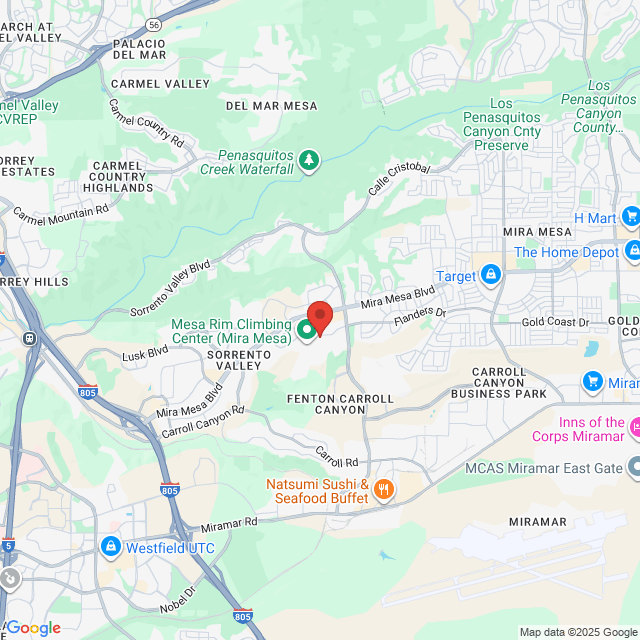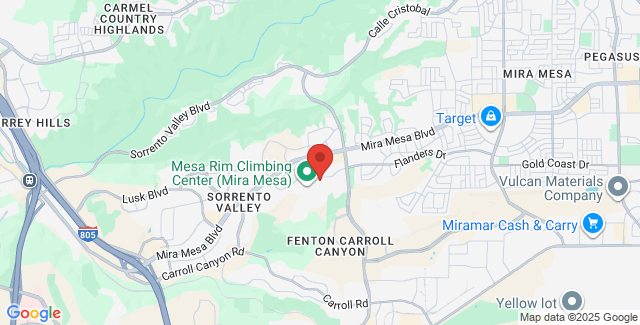Lung Cancer Treatments
While there is no cure for lung cancer, treatment at early stages aims to bring cancer into remission. This means that lung cancer symptoms have subsided and the progression of the cancer is halted or under control. If cancer is not detected in time, cancerous tumors may spread to other organs (this process is known as metastasis). In the later stages of development, the goal of lung cancer treatment usually focuses on lessening symptoms rather than bringing about remission.

Determining Treatment Type
There are a number of treatments for lung cancer; the chosen regimen depends on the type of lung cancer, the stage of development, and the condition of the patient. If caught early enough, lung cancer tumors can be removed and the disease brought into remission. However, lung cancer often goes undetected until it has progressed on to later stages. One explanation for this is that some smokers may ascribe initial symptoms to "smoker's cough" and put off examination by a doctor until symptoms worsen. This can have dire consequences, as it becomes more difficult to control lung cancer once it has spread.
Treatment Options for Lung Cancer
Fortunately, there are a number of new alternative radiation and chemotherapy treatments under development that are beginning to yield positive results.
Angiogenesis
Antiangiogenesis therapy is a new form of lung cancer and mesothelioma treatment that is currently being tested in clinical trials. Antiangiogenesis is designed to combat lung cancer by preventing angiogenesis with angiogenesis inhibitors.
What is Angiogenesis?
Angiogenesis is the formation of new blood vessels in the body. Angiogenesis is regulated by a particular set of chemicals. All cells, including cancerous cells, need to feed off these vessels so they may grow and replicate. If the cells lose access to these new blood cells (in this case, as a result of angiogenesis inhibitors), they'll shrink and eventually die.
Antiangiogenesis halts the growth of new blood vessels off which cancerous tumors feed by using a combination of strong drugs called angiogenesis inhibitors. By cutting off tumors' blood supplies, angiogenesis inhibitors ultimately kill the tumors.
Side Effects of Angiogenesis
Side effects of angiogenesis inhibitors are believed to be much milder than those of other lung cancer treatments, including lung cancer surgery, radiation therapy, photodynamic therapy, and chemotherapy.
Angiogenesis Success Rates
Although the outlook for antiangiogenesis' success is good, there are still some kinks to work out. For example, the effectiveness of antiangiogenesis in humans is not fully understood. In addition, researchers still don't know if undetected tumors can be treated with angiogenesis inhibitors, nor do they know the long-term effects of angiogenesis inhibitors on the body.
Chemotherapy
Called the "anticancer drug," chemotherapy consists of a personalized combination of potent chemotherapy drugs designed to slow rapid cancer tumor growth, shrink tumors, kill cancer cells, and prevent the spread of lung cancer and mesothelioma. These chemotherapy drugs prevent cells from replicating in the typical, out-of-control manner in which cancer cells divide.
Types of Chemotherapy Drugs
Chemotherapy drugs are often used in conjunction with other lung cancer treatments, such as lung cancer surgery, as a safety precaution. For example, even if a tumor is successfully removed during surgery, cancer cells can still remain embedded in surrounding tissue. Chemotherapy drugs are able to kill these remaining cells and whatever cells have broken off the tumor that was removed, effectively wiping out all local cancer.
Chemotherapy drugs are often administered in a sequence of rounds or cycles; each set of cycles is called a course. Usually, each chemotherapy drug lung cancer treatment course contains four to eight cycles and includes some form of Iressa or Taxol. Below is a list of the most commonly used chemotherapy drugs.
Paclitaxel / Taxol - Paclitaxel, sold under the brand name Taxol, is a popular prescription chemotherapy drug used to treat non-small cell lung cancer. Paclitaxel is typically combined with cisplatin, another chemotherapy drug, and is given to patients who are strong enough for chemotherapy but not strong enough for other lung cancer treatment methods, such as surgery or radiation therapy.
Xyotax - Xyotax is being developed to improve the effectiveness of Taxol / Paclitaxel. Xyotax is believed to reduce the time it takes paclitaxel chemotherapy to work, thereby preventing serious allergic reactions and other serious side effects in patients taking Taxol. Xyotax is also designed to be absorbed by tumor-laden tissue rather than healthy tissue, thus eliminating the toxic effect of Xyotax on the body.
Iressa / Gefitinib - Iressa with Gefitinib is a new chemotherapy drug designed to inhibit the growth of lung cancer cells by blocking the release of the enzyme tyrosine kinase, which normally aids in their replication. Iressa's active ingredient is Gefitinib. Iressa with Gefitinib is usually administered as a single chemotherapy drug to treat non-small cell lung cancer that has not effectively responded to other chemotherapy drugs.
Side Effects of Chemotherapy
Because chemotherapy drugs are strong enough to kill cancerous cells, they are also strong enough to kill normal, healthy ones. This killing off of healthy cells surfaces in the form of side effects of chemotherapy, including nausea, hair loss, vomiting, and some memory problems.
Photodynamic Therapy
Photodynamic therapy (PDT) is a curative treatment for patients who have been unable to undergo lung cancer surgery or radiotherapy to treat their non-small cell lung cancer or mesothelioma.
What is Photodynamic Therapy?
PDT involves the injection of the drug Photofrin (the brand name of a particular photosynthesizer) into the bloodstream. Within 40 hours of injection, Photofrin illuminates the tumor with a red laser light so that it can be viewed using a fiberoptic bronchoscope.
Next, the red laser light—combined with the Photofrin—spurs a localized, toxic chemical reaction, ultimately killing nearby exposed cancer cells but preserving healthy tissue. Two days after the red laser light treatment, the fiberoptic bronchoscope is extracted and dead cancer cells and tissues are scraped away.
Side Effects of Photodynamic Therapy
PDT patients typically experience extreme sensitivity to outdoor light for four to eight weeks following treatment (due to the lingering of the photosynthesizer in the body). Patients are especially susceptible to sunburn but can tolerate indoor light.
Photodynamic Therapy Success Rates
PDT is quite effective in treating small tumors as well as alleviating the symptoms of lung cancer, including shortness of breath and the coughing up of blood.
Radiation Therapy
Radiation therapy, or radiotherapy, has proven to be a vitally important method of lung cancer and mesothelioma treatment. Radiotherapy may be used as a primary treatment, prior to lung cancer surgery (to shrink a tumor), after surgery to eliminate any remaining cancer cells, or to treat lung cancer that has invaded the brain.
What is Radiation Therapy?
During radiation therapy, high doses of radiation (x-rays) are directed onto the cancerous part(s) of the body in hopes of shrinking tumors and destroying cancerous cells. Usually, radiation therapy is administered in a series of radiation treatment sessions spread out over about six weeks. Some researchers believe that giving high doses of radiotherapy in a short amount of time lessens damage to the patient's body and causes fewer side effects than longer, spread-out lung cancer treatment sessions.
Types of Radiation Therapy
Types of radiation therapy include external beam therapy, conformal radiation therapy, CT scanning, and intensity-modulated radiation therapy. Your physician will work with you to select the lung cancer treatment method that is best suited for your needs and your particular case.
Side Effects of Radiation Therapy
Side effects of radiation therapy treatment include headaches, nausea, vomiting, exhaustion, hair loss, memory loss, and skin problems.
Surgical Options
Surgery is the most radical, invasive type of lung cancer treatment. It calls for the removal of part of the lung, the lobe of the lung, or the entire lung, depending on how advanced a patient's case of lung cancer or mesothelioma. It is important to note that surgery is not for everyone, some lung cancer tumors are inoperable, some patients are too weak for surgery, and some cancer locations might be difficult for a surgeon to reach.
Resections
In the case of non-aggressive lung cancer that is in its early stages, an attending physician removes just the parts of the lung that are infested with cancer. Often, this includes only small, wedge-like sections, called resections, that are riddled with tumors. Most patients are in strong enough health to undergo this procedure and recover in a few weeks' time.
Lobectomy
The lungs are divided into several lobes, three of which are on the right (upper, middle, and lower), and two of which are on the left (upper and lower). In the cases of more invasive lung cancer, a lobectomy, or removal of an entire lobe of the lung, may be performed; just one lobe is removed. This procedure is typically more effective in such cases than resectioning because it removes microscopic cancer cells that may be hiding in the lobes.
Pneumonectomy
In cases of very advanced lung cancer, the entire lung is removed in a procedure called a pneumonectomy. If a tumor is spread across more than one lobe, a pneumonectomy is the only way to rid the body of all cancer. This procedure is quite dangerous, and many patients require a lung transplant.
Side Effects of Lung Cancer Surgery
Side effects of all types of surgery include pain and weakness in the chest, shortness of breath, risk of infection, and depleted energy and strength.
Contact a Lung Cancer Lawyer to Review Your Case
If you or a loved one have developed lung cancer (including asbestos-related lung cancer) or another lung disease and have been exposed to asbestos, silica dust, radon gas, and benzene, smoking may not be the cause of your illness. It is important to contact a lung cancer attorney near you to discuss your legal rights.




